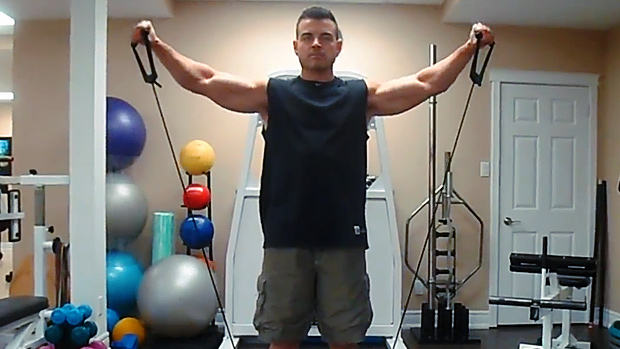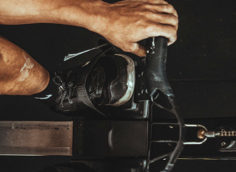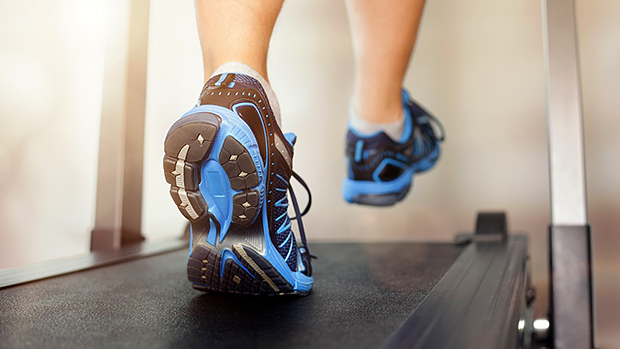All Pain Happens in the Brain
There's the old joke about shoulder injuries with lifters. The coach asks, "How many of you have a bad shoulder?" Half the group puts up their hands. The other half can't.
Lots of lifters weaned on the "no pain, no gain" mantra think they should just tough pain out and keep going with their set. This is just wrong. In fact, it's really harmful to your lifting goals.
Pain is complex. It's fundamentally a signal for change, but not a prescription for action. If we get a pain signal and don't do something to calm it down, the body will increase the intensity of that signal until you're forced to listen to it. The longer we force that signal to get louder, the more that particular neural pathway gets optimized to signal pain.
The reinforcement of that pathway has lasting effects. For example, even after the inflammation is gone and the injury healed, that pathway has been super-sensitized to react to signals in the brain. Had a stressful day at work? How's that old shoulder injury?
Some of the consequences of this optimized pain path can also mean screwed up muscle-firing patterns when trying to lift, which means screwed up progress. Oh yeah, pain changes muscle-firing patterns. The area experiencing pain is taken out of the "firing range" as much as possible.
But even when the area has healed, the firing pattern is often stuck in that pain-learned pattern. That can mean that muscle never seems to get as strong as the other side. This can often be addressed, but it takes work to find the issue, and more work to unlearn.
The 5-Step Self-Diagnostic
If you're in the gym and you have pain (not just discomfort) during a movement and you're uncertain about whether to continue or quit, run this simple self-diagnostic inspired by Eric Cobb's work. It allows you to get mobile much faster without jacking up your nervous system in the process.
As soon as pain starts:
- Stop what you're doing, whether it's a muscle cramp or just a twinge.
- Then try the move again with reduced speed. Recheck. If there's still pain, proceed with the next step.
- Reduce load. Recheck. If there's still pain, got to step 4.
- Reduce range of motion. If there's still pain, pay heed to the next step.
- Do some other movement that incurs no pain.
If no movement without pain is possible, that's okay. It's temporal. Take the time to heal. Just use the above tests to check when you're ready to move/lift again, and how much. Remember, don't chase the pain.





